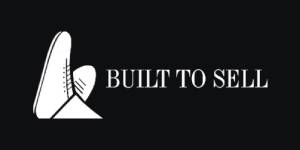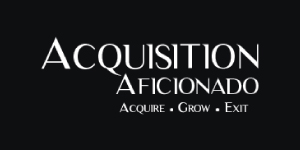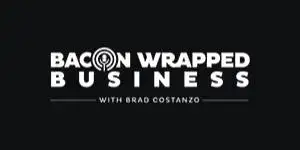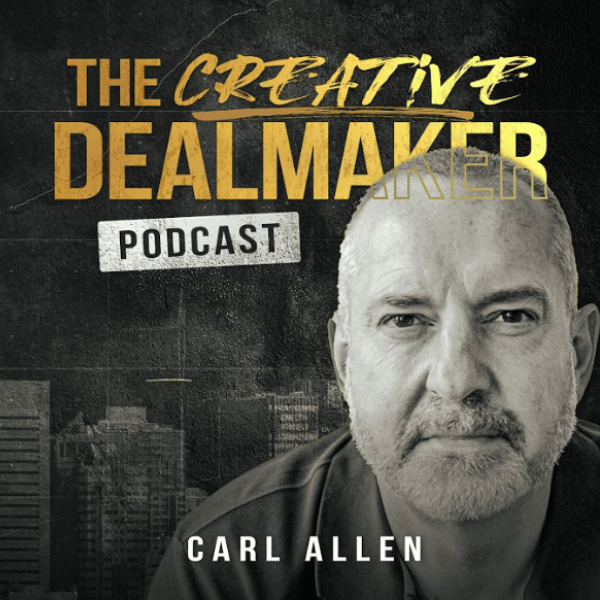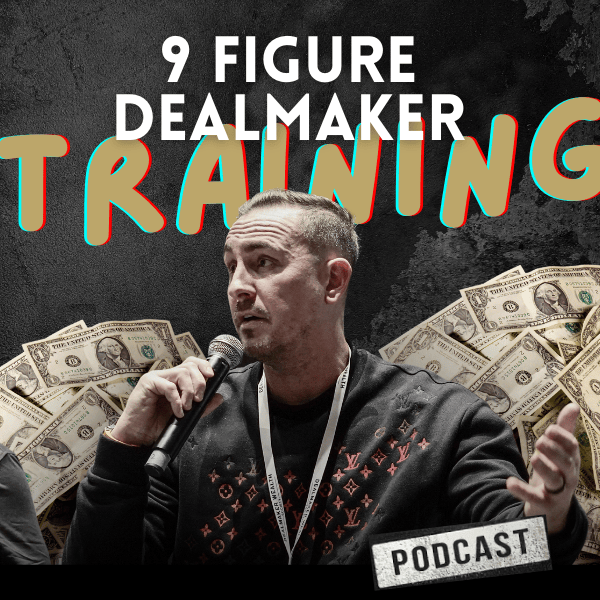WTF Is a Cover Ratio (and Why Is it so Critical?)
WTF Is a Cover Ratio (and Why Is it so Critical?)

Buying a business between $1—10 million in revenue is more about psychology than numbers. However, the numerical part is still an important part of doing deals.
First things first: Do you know the difference between cash flow and profit?
Profit is an accounting term. It’s what the business earns. You can calculate it both before and after tax is paid.
But cash flow is how much physical cash is generated by the business and sticks to the owner’s fingers during a specific period. Cash flow also includes monies raised (and repaid) via investment.
And while these are important numbers to know in your deal, there is ONE number that rules over all others when it comes to buying businesses using other people’s money…
It’s called the COVER RATIO.
Which sounds like a complex, mathematical formula you need a Ph.D. or mainframe computer to calculate… but you don’t.
It’s high school math.
The cover ratio is simply the amount of cash generated by the business in a year divided by the amount of cash that needs to be paid by the business to service the deal you are closing.
And the cash that’s leaving the business needs to include the debt for buying the business plus the repayment of any debt you’re inheriting as part of the deal.
When we buy a business using other people’s money (the technical term for this is a leveraged buyout, or LBO), there are typically three parts to the offer:
- Closing payment.
- Seller financing (also includes earn-outs or bonus payments based on performance).
- Debt inherited.
Let’s look at an example…
Assume you find a business you like and it’s generating $2 million in revenue and $200,000 in profit – a 10% margin. The average valuation multiple is 2.5X profits, so the business is worth $500,000.
Keeping it simple, let’s assume the business has no surplus cash or real estate included, both of which would increase the valuation.
The business, however, does have $100,000 of existing debt. Since we are inheriting the debt, that decreases the valuation, so we actually only pay $400,000 for the business.
The inherited debt could be taxes payable, notes payable, an overdraft, etc. It doesn’t normally include accounts payable.
Let’s say you structure the deal as follows…
- Closing payment = $200,000
- Seller financing = $200,000
- Debt inherited = $100,000.
Total = $500,000.
Simple, right?
Now let’s look at the servicing of the deal to calculate the COVER RATIO.
Assume the existing $100K in debt retires within three years. That’s roughly $33,000 per year of principal and some interest on top – so let’s assume $36,000 per year.
And the seller financing is contracted to be paid over four years – with no interest coupon – so that’s an additional $50,000 per year.
Finally, let’s look at the acquisition financing…
The business is generating $2 million in revenue. Assume the AR (accounts receivable) is running at 75 days on average.
So the AR on the balance sheet will be:
($2 million x 75 days) / 365 days (the full year) = $411,000.
Assuming an 80% loan-to-value (meaning you can probably secure funds for as much as 80% of the $411K), that will generate $329,000 in financing.
Remember, you only need $200,000 for the closing payment. However, let’s assume you want to take a personal fee for doing this deal and use the rest as working capital to help you scale the business faster. So let’s take all the allowable financing.
Since AR financing is a revolving line of credit, you don’t need to repay the principal. You continue to trade with it as the new owner of the business.
But you do have to pay interest, fees, audit charges and other ancillary costs, so assume that it will cost you $25,000 per year to run that facility, which works out to around 7.5% per year.
Now let’s add up all the debt service for this deal on an annual basis…
- Existing debt service (remember you inherited this) = $36,000
- Seller financing = $50,000
- AR financing facility = $25,000.
Total = $111,000 per year.
That’s cash that will LEAVE your business – assuming you don’t grow it.
It’s conservative to base it on current numbers. If you scale and make more cash flow, great. But it’s prudent to run the base-case scenario.
If profit in the business is $200,000, then the cover ratio is…
$200,000 / $111,000 = 1.80.
At the offer stage, anything greater than 1.50 is GOOD.
Make the offer and then solicit the financing. During due diligence, you can fine-tune the cover ratio to reflect the actual free cash flow. However, if you are north of 1.50 at the offer stage, you are good to go in most cases.
Think of the cover ratio as a traffic light.
Greater than 1.50 is green for go. The higher the better.
Less than 1.50 is red for reservations about the deal.
If the cover ratio is less than 1.50, you can fix it in several ways…
- Extend the seller financing period so you pay less cash per year to the seller.
- Swap out some of the seller financing for an earn-out, which are bonus payments over and above a level of financial performance.
- Swap out some of the closing payment debt for equity. This will provide you with an equity partner who can add some value to the deal and the business after closing.
That’s why the cover ratio is the most important number you need to focus on in all your deals.
It’s the core of every LBO – the cash generated versus the cash needed to pay for the business.
Simple.
Until next time, bye for now.
Carl Allen
Editor and co-founder, Dealmaker Wealth Society
P.S. Module 5 in my Dealmaker CEO program does an in-depth dive into the financial analysis of a deal. It’s everything you need to know about balance sheets, income statements and creating models to structure an offer that will give you the MOST bang for someone else’s buck. Get details here.
